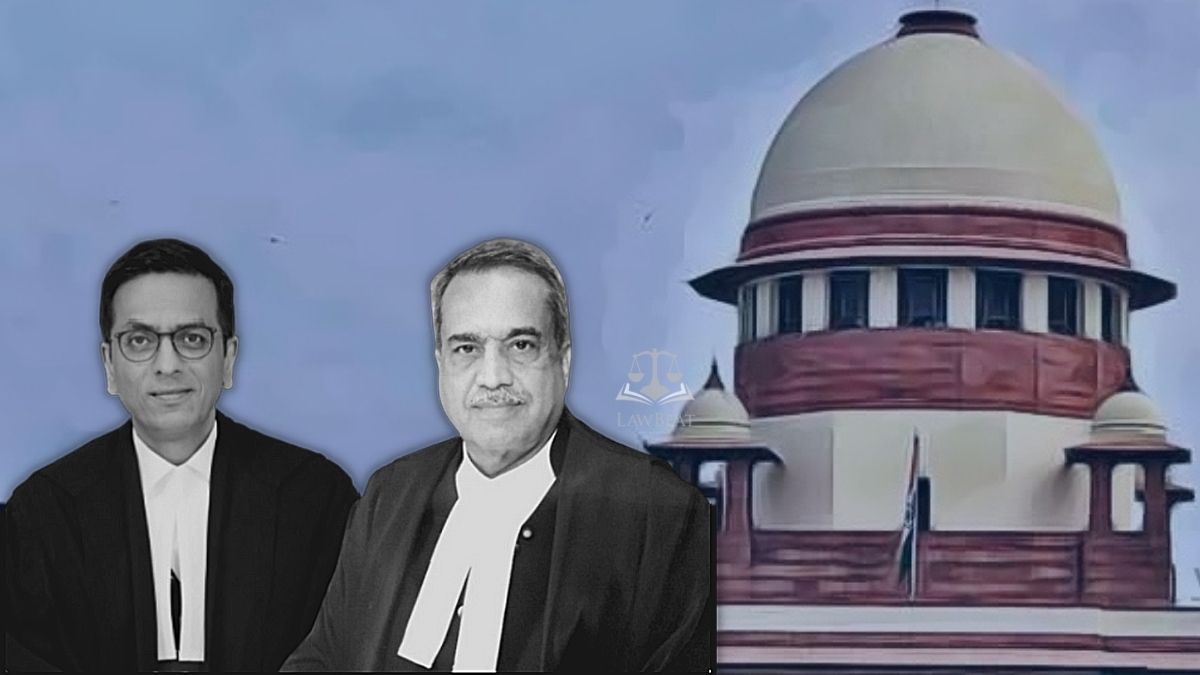Kerala Assembly Vandalism Judgment: Significant Takeaways by Supreme Court

Rejecting the Kerala Government’s appeal seeking withdrawal of cases against six MLAs belonging to prominent CPI and CPI (Marxist) parties in the case of alleged vandalism that took place in Kerala Legislative Assembly in 2015, the Supreme Court on Wednesday, made some significant remarks over the privileges and immunities that Member of Legislative Assemblies enjoy.
Noting that the accused must face trial, the Supreme Court Division Bench comprising Justice D.Y. Chandrachud and Justice M.R. Shah held,
“It is evident that there has been a growing recognition and consensus both in this Court and Parliament that acts of destruction of public and private property in the name of protests should not be tolerated……
….. No member of an elected legislature can claim either a privilege or an immunity to stand above the sanctions of the criminal law, which applies equally to all citizens.”
Pronouncing the verdict, Justice Chandrachud said that members are required to stay true to their oath and immunity is to help them discharge their functions freely.
However, destruction of property cannot be regarded as essential to carry out their functions and it cannot be seen as part of rights and privileges, he added.
The Supreme Court Division Bench junked Kerala Government’s submission one by one stating some interesting observations.
- Immunity from publication of proceedings of the House- Counsel for the State sought to claim that legal proceedings are barred against accused MLAs for the incident under Article 194(2), as it allegedly formed part of the ‘proceedings’ of the House.
The Court rejected his submission stating that the stored video footage of the incident was not broadcast, or in other words, published, for dissemination to the public. Since it was not a “publication” of the House, it does not enjoy the protection of immunity under Article 194(2) of the Constitution.
- Inadmissibility of the video recording as evidence- The counsel for the State urged before the Court that the said video recording was not obtained by the investigating authorities with the sanction of the Speaker, which results lacking the certification required for admissibility of evidence.
The Supreme Court junked this argument as well stating, “In our opinion, the High Court has correctly observed that questions of insufficiency of evidence, admissibility of evidence absent certifications etc., are to be adjudged by the trial court during the stage of trial.”
- Withdrawal of prosecution under Section 321 of Cr.P.C.- The main question before the Court was centered on the exercise of power by the Public Prosecutor under Section 321 and the exercise of jurisdiction by the CJM. The Court relying upon various earlier judicial decisions of the Indian as well as International Courts formulated certain principles which emerged on the withdrawal of the prosecution under Section 321 of CrPC, that among others include following:
Before deciding whether to grant its consent the court must be satisfied that:
-
- The function of the public prosecutor has not been improperly exercised or that it is not an attempt to interfere with the normal course of justice for illegitimate reasons or purposes;
- The application has been made in good faith, in the interest of public policy and justice, and not to thwart or stifle the process of law;
- The application does not suffer from such improprieties or illegalities as would cause manifest injustice if consent were to be given;
- The grant of consent sub-serves the administration of justice; and
- The permission has not been sought with an ulterior purpose unconnected with the vindication of the law which the public prosecutor is duty bound to maintain.
The Division Bench found lack of all the above mentioned in the plea filed by the State Government, therefore, rejected the appeal in sans of merit.
Matter in Brief
The vandalism took place on March 13, 2015 when erstwhile State Finance Minister K.M. Mani was presenting the state Budget for the new fiscal. When the Minister began his speech, the Left legislators went berserk, throwing out the Speaker’s chair from the dais and also damaging the electronic equipment on his table over allegations of corruption that had been levelled against the Minister. After the incident, the then Speaker N. Sakthan asked for a Crime Branch police probe. Cognizance was taken by the CJM. Thereafter, both the CJM and Kerala High Court rejected the application seeking withdrawal of case against the accused MLAs.
Read More: "Parliamentary Privilege, not vandalism": Kerala Government moves Supreme Court seeking permission to withdraw cases against prominent CPM leaders for vandalism in Kerala Assembly in 2015.
Click Here To Download Judgment
